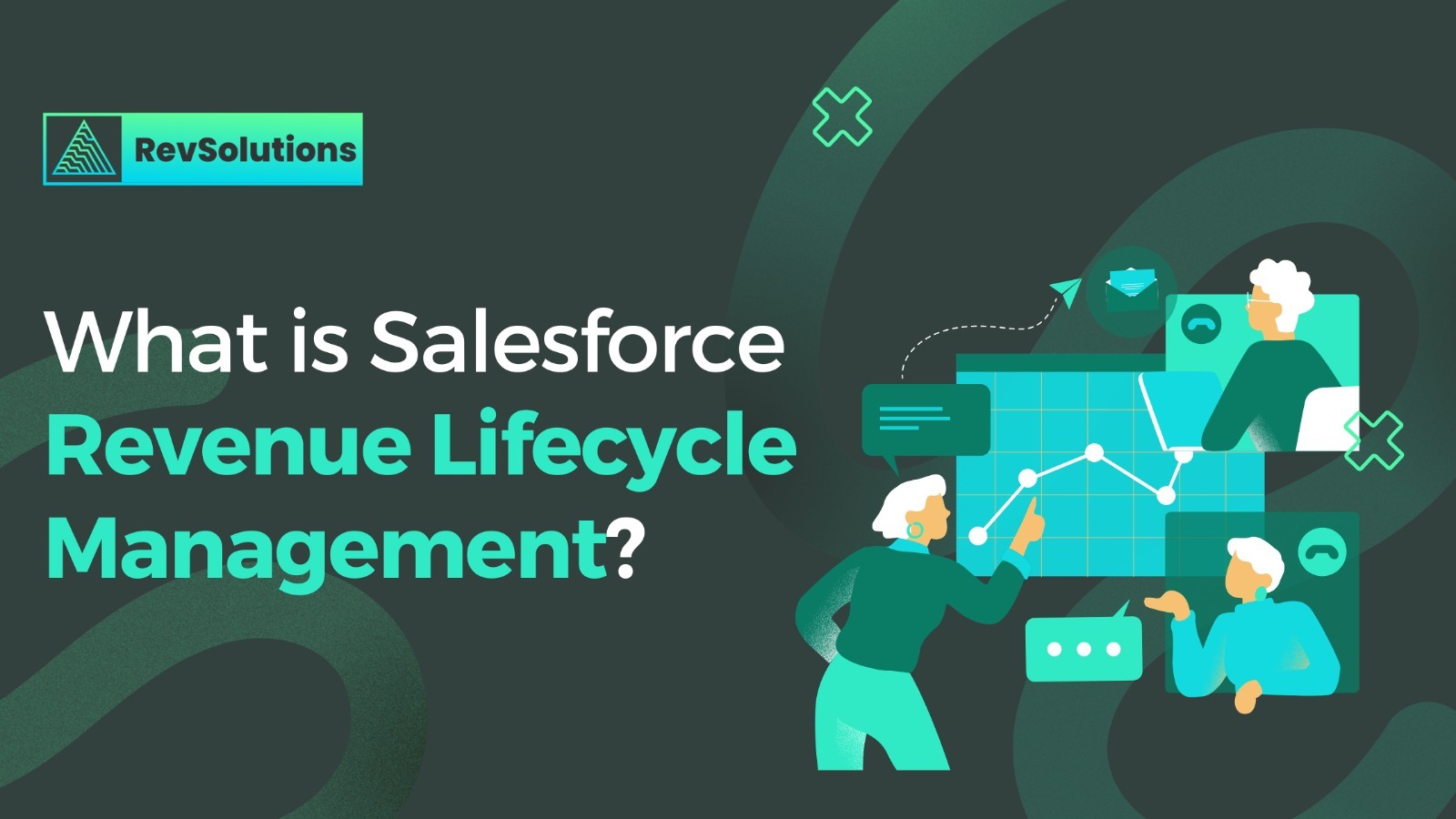
In the fast-evolving digital market, businesses are seeking innovative solutions to streamline sales, enhance customer experiences, and boost revenue. Salesforce’s Spring ’24 Revenue Lifecycle Management (RLM) product aims to achieve this by offering a suite of tools designed to optimize the entire revenue lifecycle, from product design to billing and collections. This blog post explores the functionalities of Salesforce’s RLM product and the business value it brings to each functional area.
Introduction to Revenue Lifecycle Management (RLM)
Salesforce’s Revenue Lifecycle Management is a strategic move towards automating and managing the entire product-to-cash process on the leading AI + CRM platform. It caters to businesses of all sizes and industries, aiming to streamline operations across product/service design, price management, configuration, quote and order management, contract lifecycle management, billing, collections, and revenue lifecycle intelligence.
Product Catalog Management
The centralized product model offers unified administration of the product catalog, ensuring a single source of truth for product data throughout the Quote-to-Cash lifecycle. This setup expedites time to market with simplified product importing and management while facilitating rapid product and bundle launches through an intuitive user experience and flexible attributes for product description.
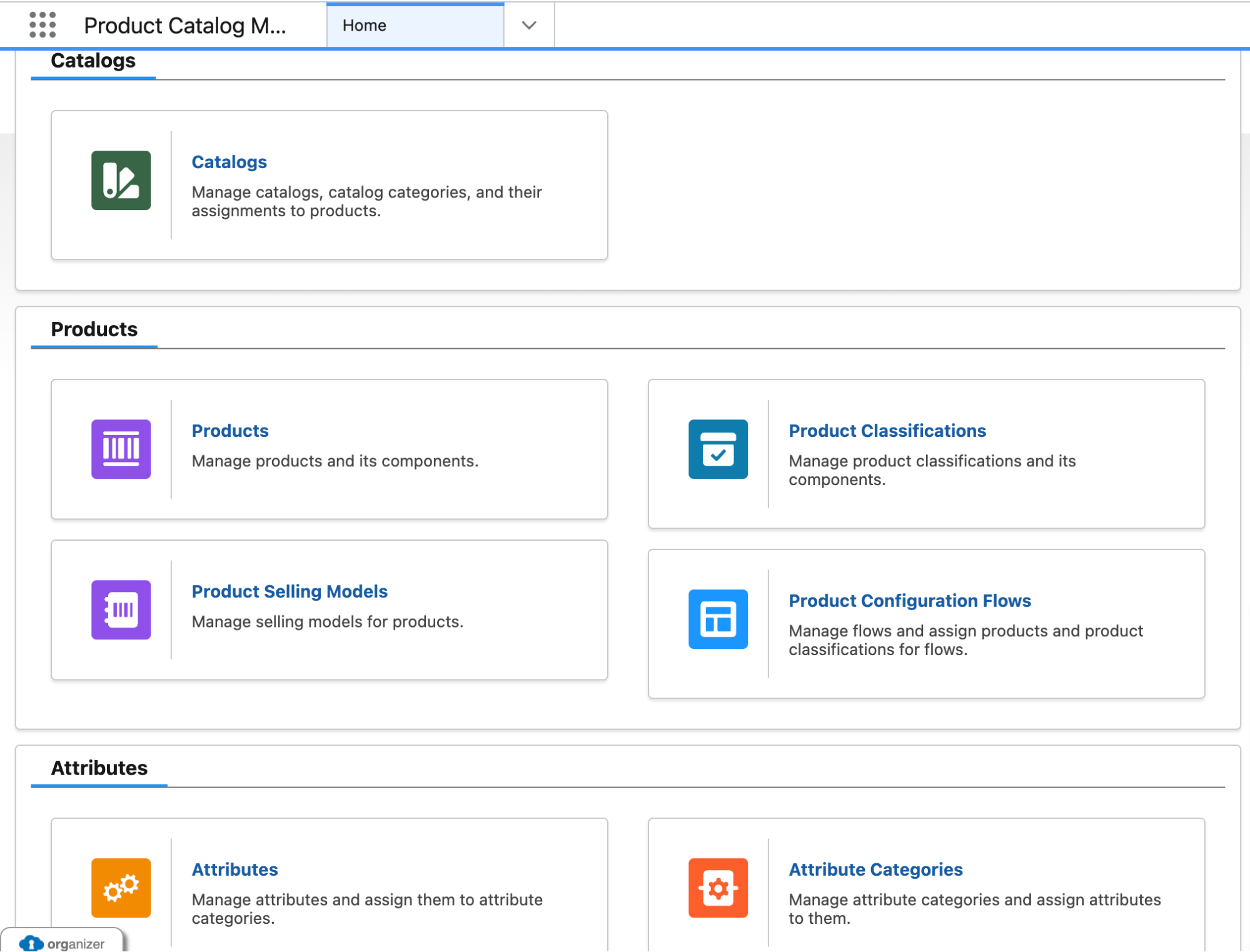
Price Management
Price management is made effortless through an intuitive drag-and-drop Pricing Editor and reusable pricing elements. Declarative pricing rules ensure compliance and accuracy, enabling businesses to effectively automate complex pricing strategies. This functionality supports various digital processes, including quotes, orders, and sales agreements, providing clear insights into pricing dynamics via the price waterfall feature.
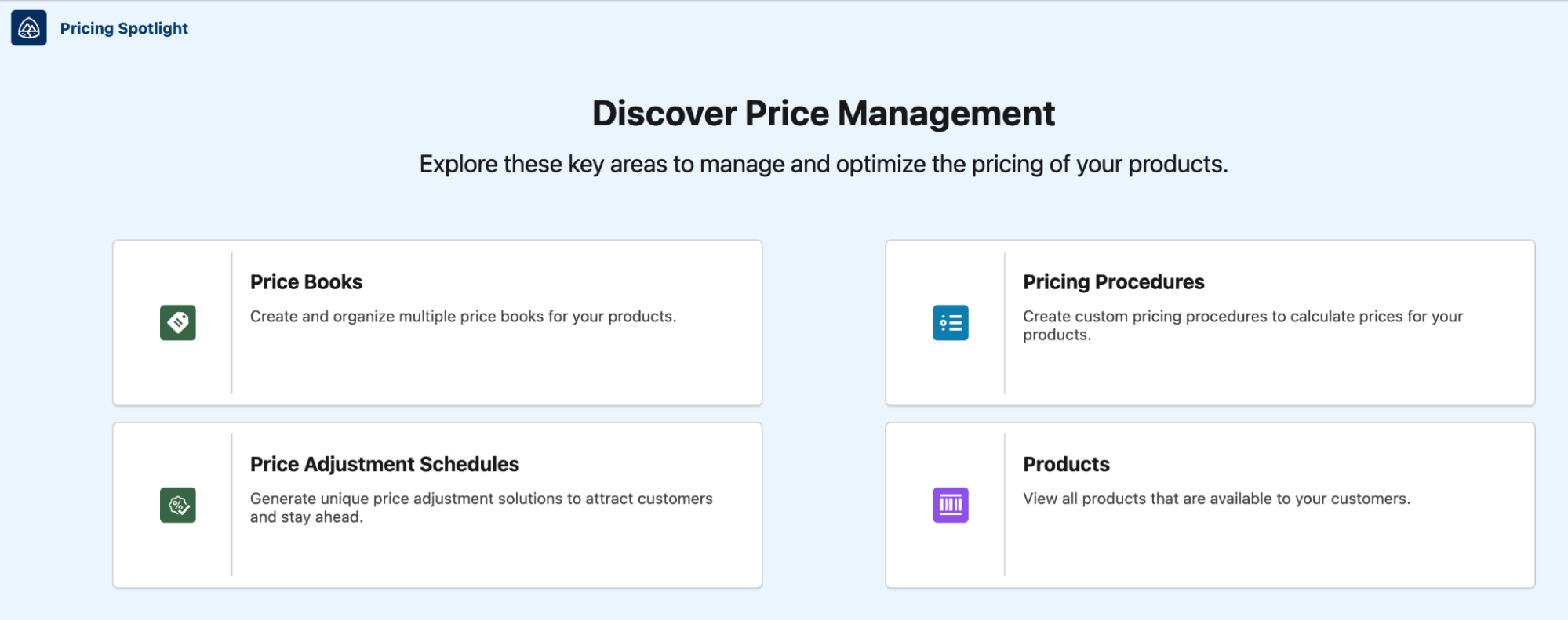
Salesforce Configurator
The Salesforce Configurator elevates the quote and order configuration process with customizable design templates and a configurator runtime that supports bundle configurations and real-time pricing adjustments. Seamless integration with third-party configuration tools ensures a flexible and efficient configuration experience.

Transaction Management
Salesforce RLM revolutionizes product discovery and quote & order management with a consumer-grade experience, enabling swift and intuitive product searches and a modern, flexible quoting and ordering interface. Advanced order capture features support in-flight amendments and offer visibility into the fulfillment journey, optimizing the sales process for efficiency and customer satisfaction.
Asset and Subscription Management
Subscription and asset management are streamlined, providing a holistic view of the customer install base and recurring revenue. Salesforce RLM facilitates the management of amendments, renewals, and cancellations, leveraging AI for upsell and renewal opportunities, thereby enhancing customer value.
Contract Lifecycle Management (CLM)
Salesforce Contracts simplifies contract creation, tracking, and management directly from quotes and orders. Seamless integration with Microsoft 365 enables efficient collaboration and redlining while automating legacy contract digitization and intelligent contract authoring.
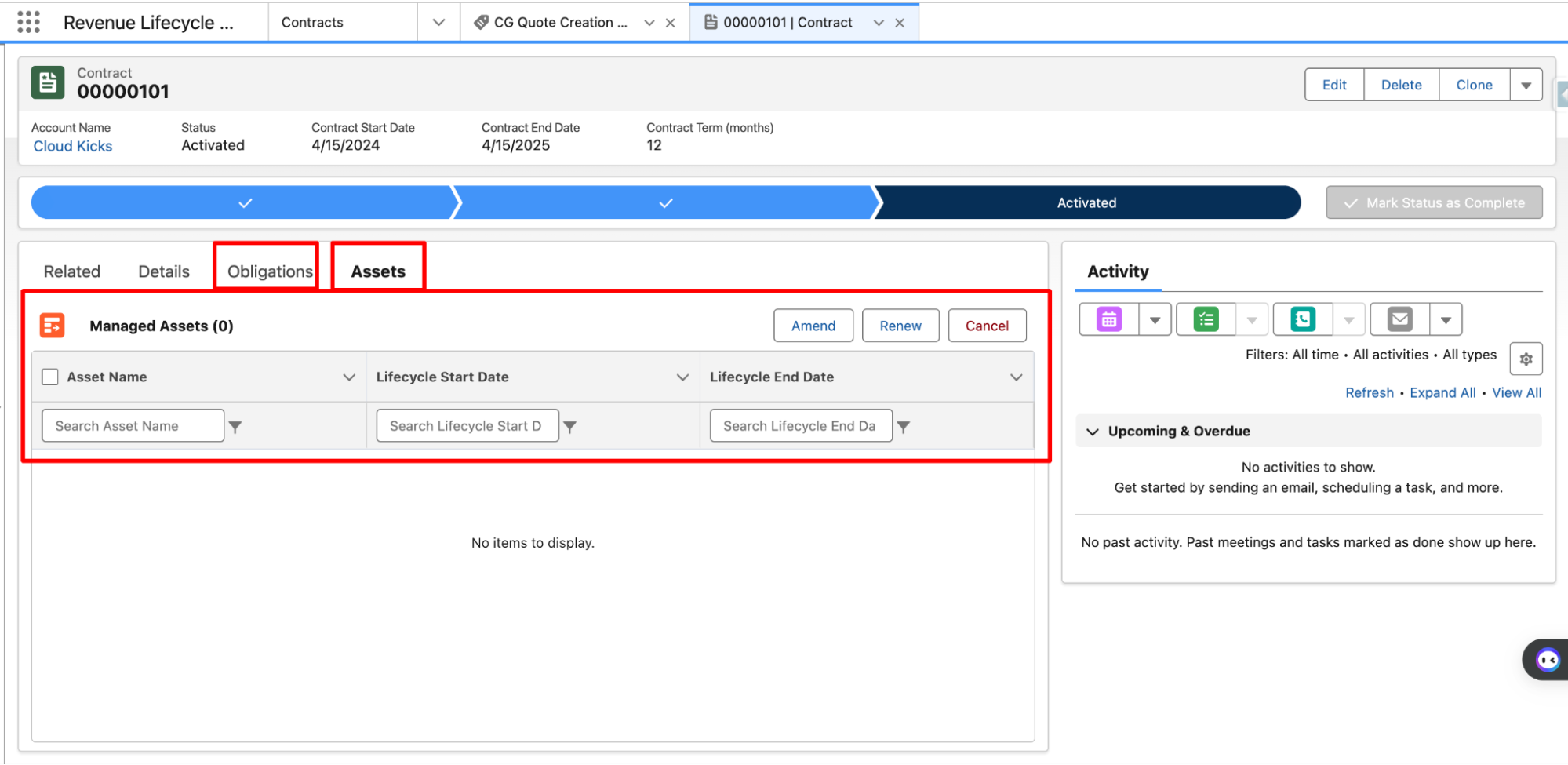
Dynamic Revenue Orchestration and Billing
The Fulfillment Designer and Runtime orchestrate the fulfillment process with visual tools and catalog-driven decomposition, ensuring swift and accurate fulfillment. Salesforce Billing extends this with flexible billing configurations, automated invoice generation, and efficient payment handling.
AI for Billing Inquiries
AI integration revolutionizes billing inquiries management by expediting customer query resolution and improving service levels. The Billing Inquiry Manager leverages AI to review bills, detect anomalies, and provide recommendations, potentially reducing billing-related customer contacts by over 30%.
Conclusion
Salesforce’s Revenue Lifecycle Management product stands as a groundbreaking solution, transforming the quote-to-cash process and delivering significant value across various functional areas of a business. By automating and optimizing operations, RLM not only enhances efficiency and reduces costs but also drives revenue growth through improved customer experiences and strategic insights. As businesses navigate the complexities of the digital economy, Salesforce RLM emerges as a comprehensive toolset poised to support growth and success in the ever-evolving marketplace.

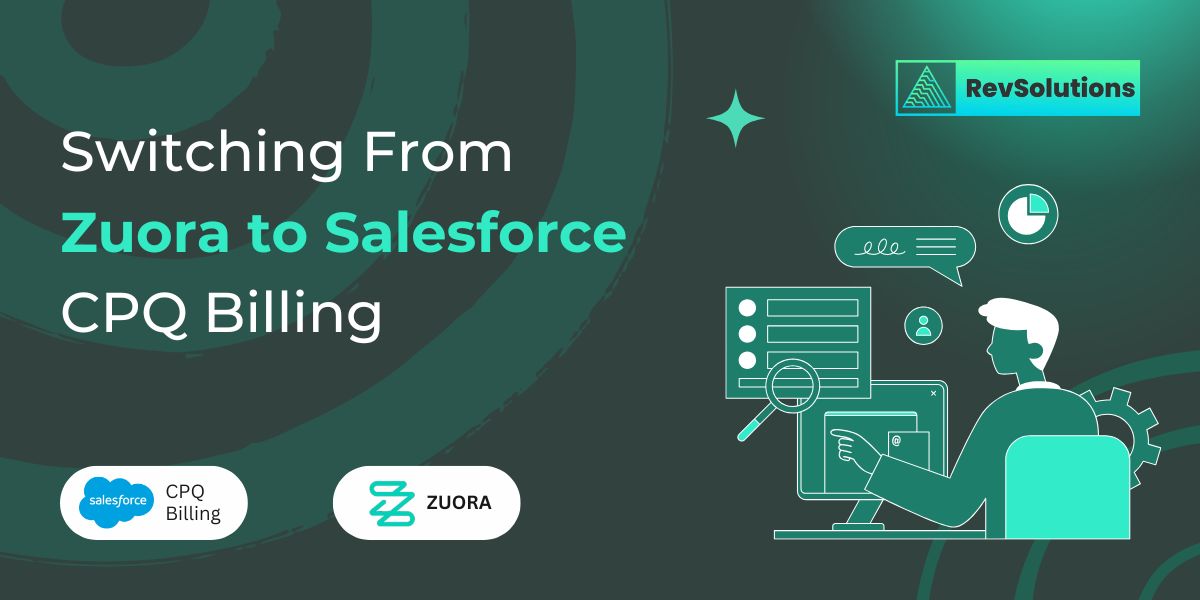
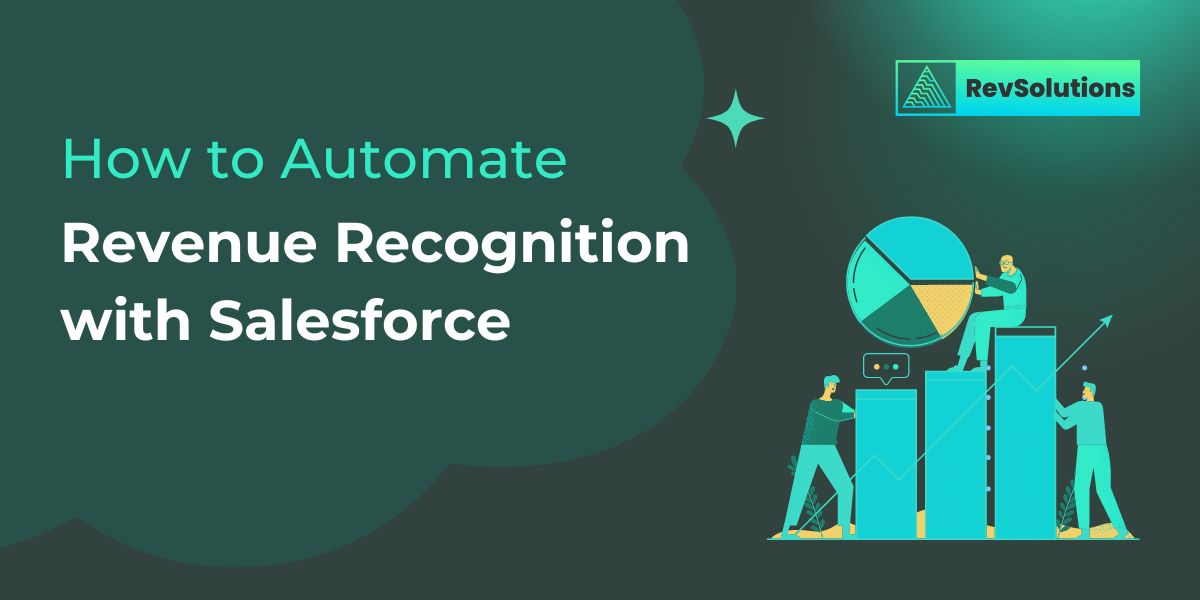

0 Comments